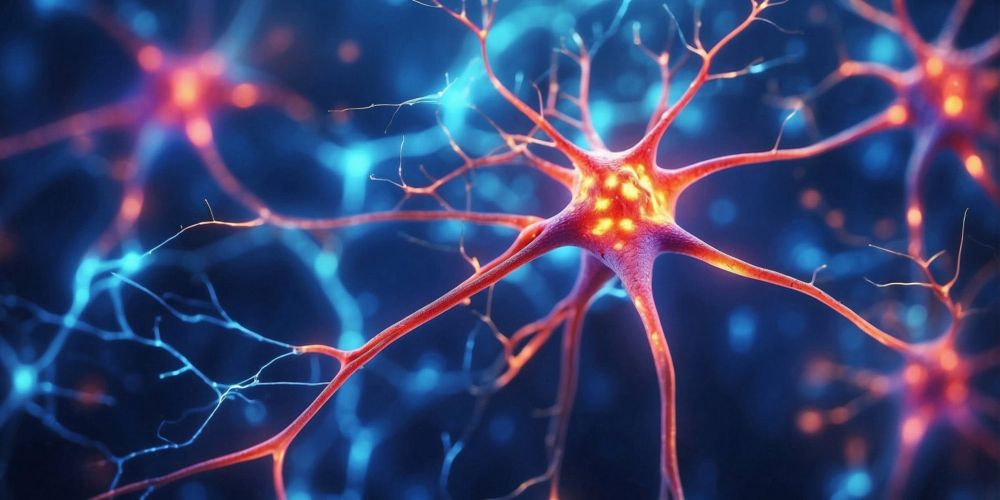
The Journal of Neuroscience: 45 (37)
Our issue on Computational Properties of the Prefrontal Cortex is now:
www.jneurosci.org/content/45/3...
These articles capture some of the incandescence of the CPPC conferences...
narayanan.lab.uiowa.edu/home/cppc2024
cppc.web.ox.ac.uk
accl.psy.vanderbilt.edu/blog/2018/10...
10.09.2025 18:22 — 👍 14 🔁 4 💬 0 📌 1
039507 - Drd1-Flpo Strain Details
D1FLP mice are now available from JAX!
www.jax.org/strain/039507
Detailed in this paper: pubmed.ncbi.nlm.nih.gov/39701542/
Let us know if they work for you...
11.08.2025 15:43 — 👍 1 🔁 0 💬 0 📌 0
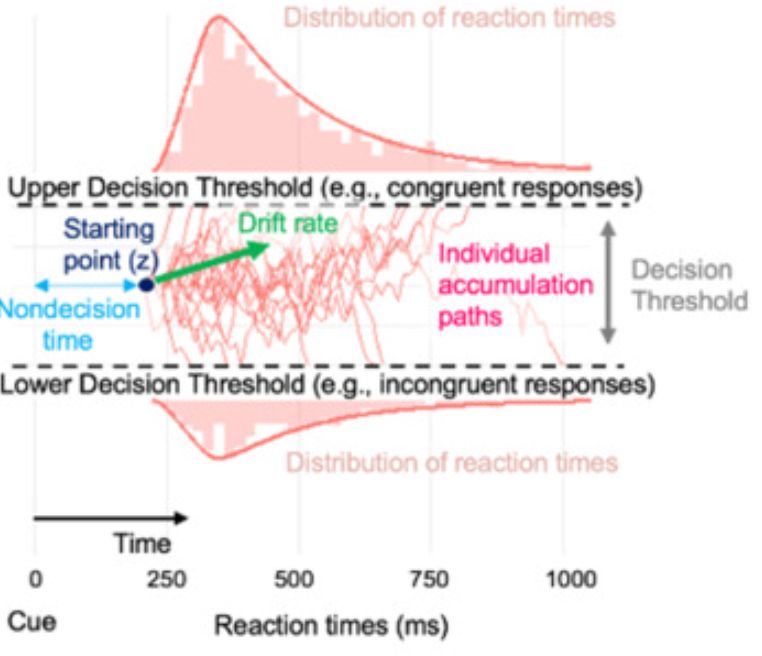
Our work from a great collaboration now out at Brain Stimulation: doi.org/10.1016/j.br...
We find that 4 Hz STN stimulation in *humans* changes decision thresholds:
Data: narayanan.lab.uiowa.edu and osf.io/hsz3u
With Rachel Cole and Jim Cavanagh
21.05.2025 15:53 — 👍 3 🔁 1 💬 0 📌 1
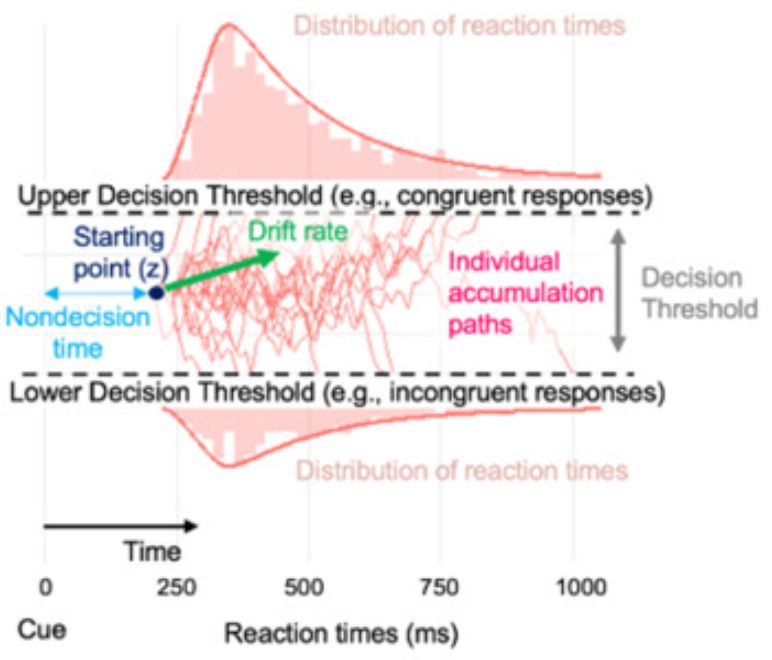
Our work from a great collaboration now out at Brain Stimulation: doi.org/10.1016/j.br...
We find that 4 Hz STN stimulation in *humans* changes decision thresholds:
Data: narayanan.lab.uiowa.edu and osf.io/hsz3u
21.05.2025 15:50 — 👍 0 🔁 0 💬 0 📌 0
| medRxiv
medRxiv - The Preprint Server for Health Sciences
another new preprint from our group on predicting cognitive changes in PD from resting state fMRI: medrxiv.org/content/10.1...
15.05.2025 19:30 — 👍 0 🔁 0 💬 0 📌 0
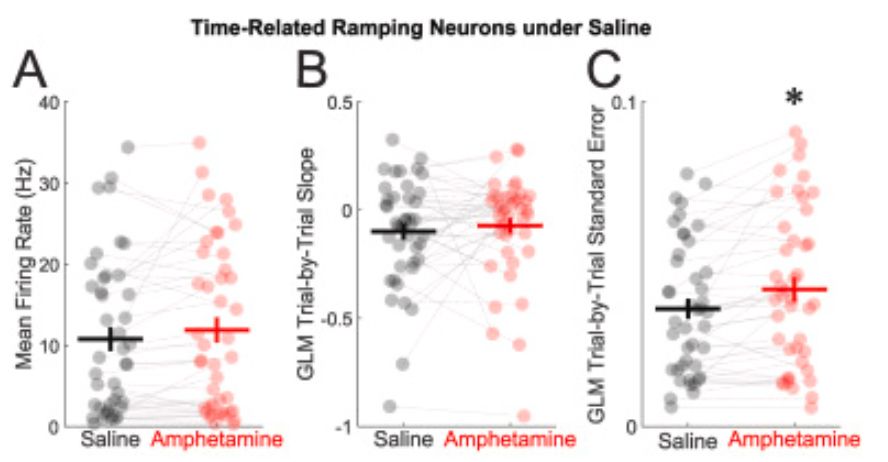
Lots more details in the paper. This paper challenged our fundamental view of what we think amphetamine does…
14.05.2025 01:49 — 👍 0 🔁 0 💬 0 📌 0

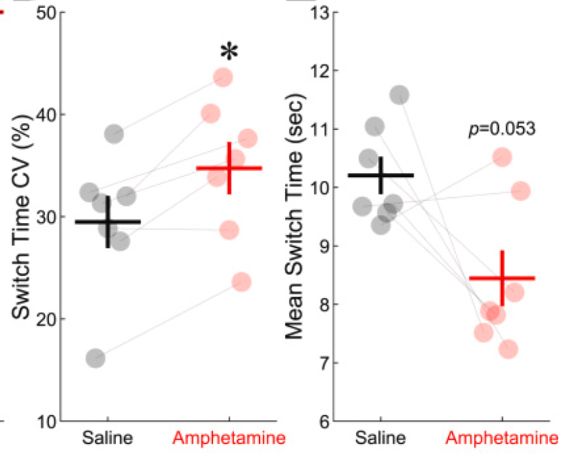
Amphetamine has been thought to reliably affect timing accuracy. We find in a meta-analysis and in our data that it actually more reliably affects precision:
14.05.2025 01:48 — 👍 0 🔁 0 💬 0 📌 0

Our work showing that amphetamine affects behavior by degrading prefrontal temporal variability is now out at Neuropharmacology: doi.org/10.1016/j.ne...
Work by Matthew Weber and colleagues:
As always, data and code at: narayanan.lab.uiowa.edu/datasets
14.05.2025 01:48 — 👍 2 🔁 1 💬 2 📌 0
That's us!
03.04.2025 21:27 — 👍 0 🔁 0 💬 0 📌 0
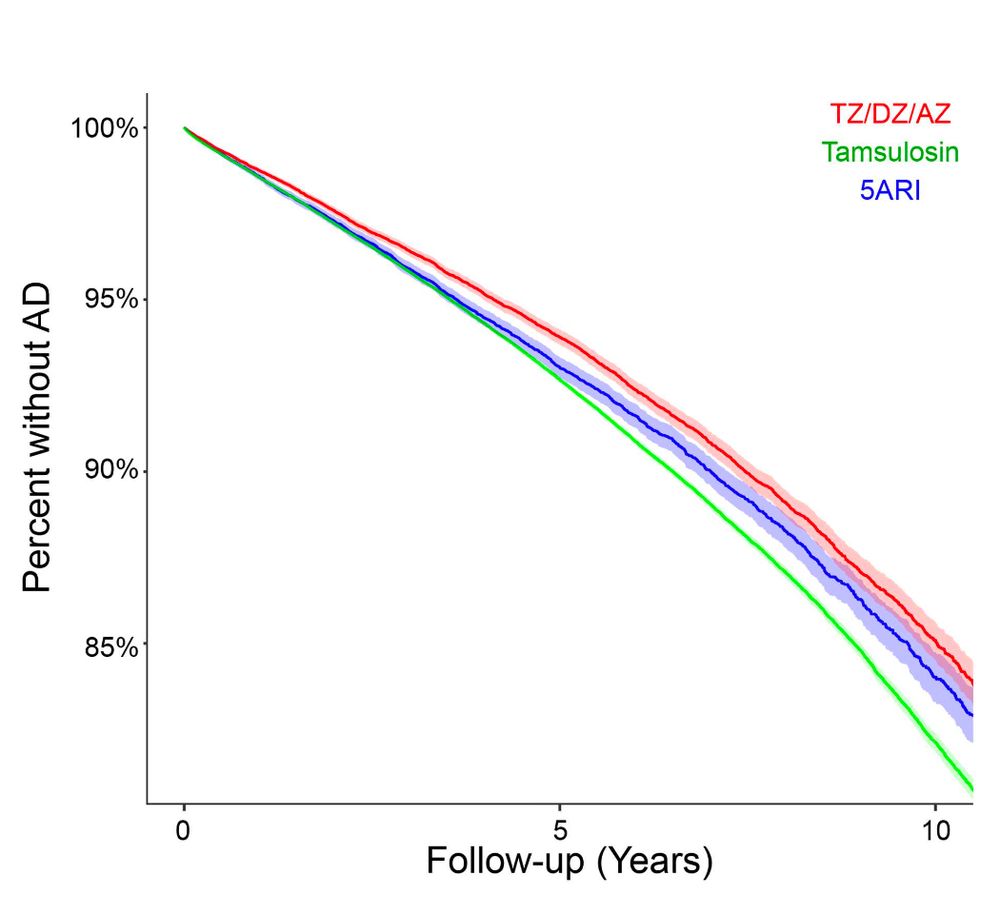
New preprint from our group showing that drugs that enhance glycolysis slow neurodegeneration in Alzheimer's disease - data from yeast to humans:
www.biorxiv.org/content/10.1...
data: bit.ly/GlycolysisANDAD
Data and code : narayanan.lab.uiowa.edu/home/data
03.04.2025 21:09 — 👍 3 🔁 1 💬 0 📌 0
Congrats - awesome work - George A would have read this with interest!
02.04.2025 19:16 — 👍 2 🔁 0 💬 0 📌 0

What a great looking lab! Best of luck to Mackenzie Rysted at the University of Indiana...
12.03.2025 18:51 — 👍 4 🔁 1 💬 0 📌 0
Congrats!
03.03.2025 21:53 — 👍 1 🔁 0 💬 0 📌 0
May I also suggest contacting your disease-specific patient advocacy organization? For instance, I work in Parkinson's disease - and there are several societies with thousands of members here in Iowa. They need to understand the concrete impacts on patients suffering from Parkinson's disease.
09.02.2025 03:07 — 👍 15 🔁 1 💬 0 📌 0
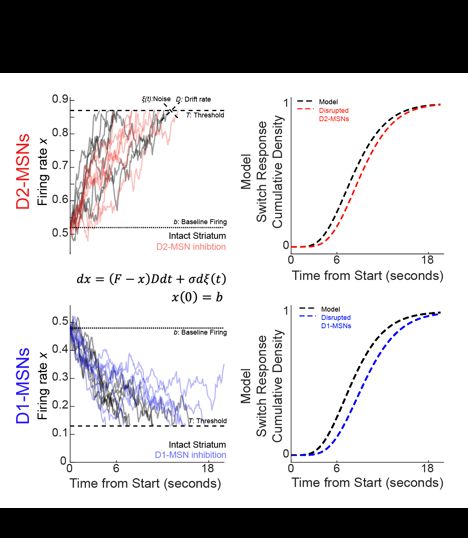
How do we explain these results? We collaborated Rodica Curtu in math who implemented classic drift diffusion models. These DDMs suggest that D1 and D2 neurons provide temporal evidence. Disrupting them decreases the accumulation of temporal evidence – and predicts slowed timing.
5/5
16.01.2025 15:13 — 👍 1 🔁 0 💬 0 📌 0
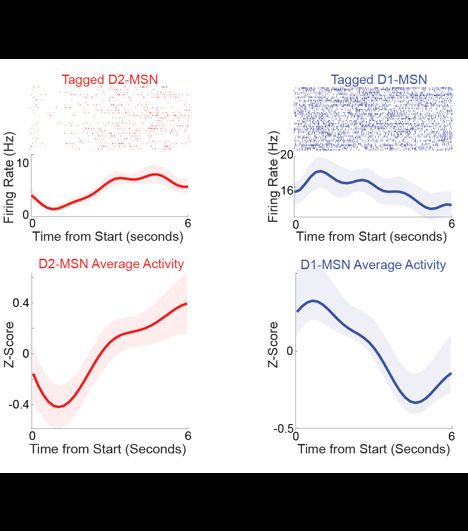
We’ve previously reported that striatal neuron encode time by linear changes over a temporal interval – and we found that these linear changes in the striatum. However – to our complete surprise – D1 and D2 neurons had *opposite patterns* of ramping!
4/5
16.01.2025 15:12 — 👍 1 🔁 0 💬 1 📌 0
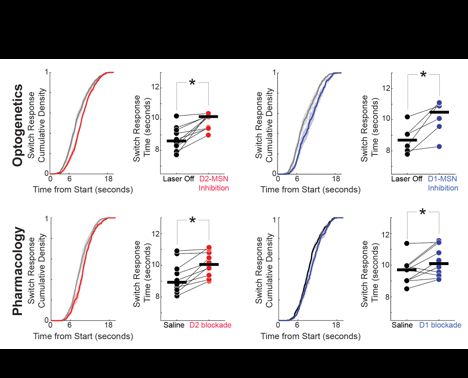
In line with our pharmacology data, we found that optogenetically inactivating either D2 or D1 MSNs slowed temporal control of action:
3/5
16.01.2025 15:12 — 👍 0 🔁 0 💬 1 📌 0
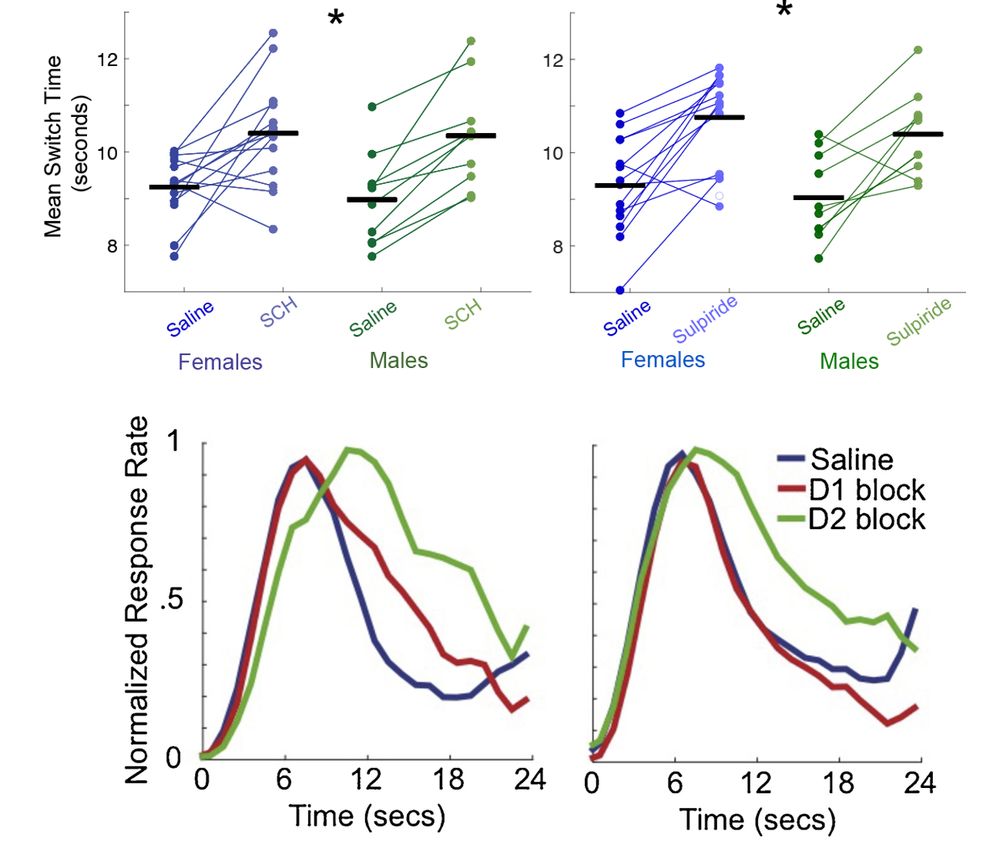
This works starts pharmacology showing that dopamine controls the timing of movement. Our work with blocking dopamine receptors systemically – and where they are most abundantly expressed – in the striatum -shows that blocking either D1 or D2 dopamine receptors slows temporal control of action:
16.01.2025 15:11 — 👍 0 🔁 0 💬 1 📌 0
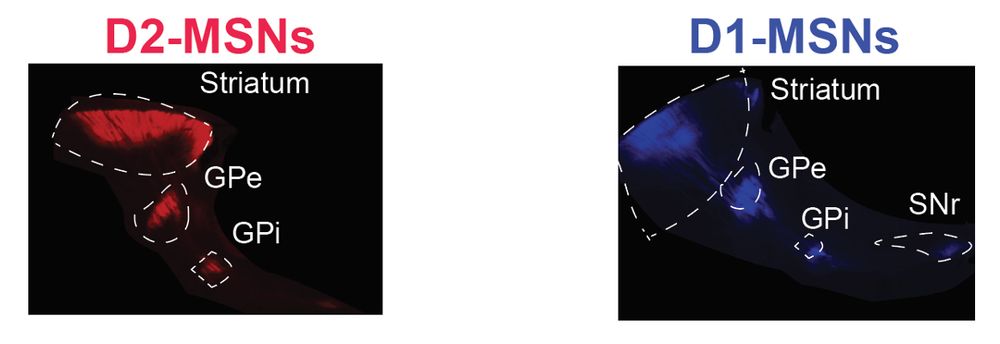
Our latest work is up as a version of record on eLife.
elifesciences.org/articles/96287
This story a long road – but is a major advance on understanding temporal control of action.
As always, data and code are available at narayanan.lab.uiowa.edu/data
1/5
16.01.2025 15:10 — 👍 4 🔁 1 💬 1 📌 0
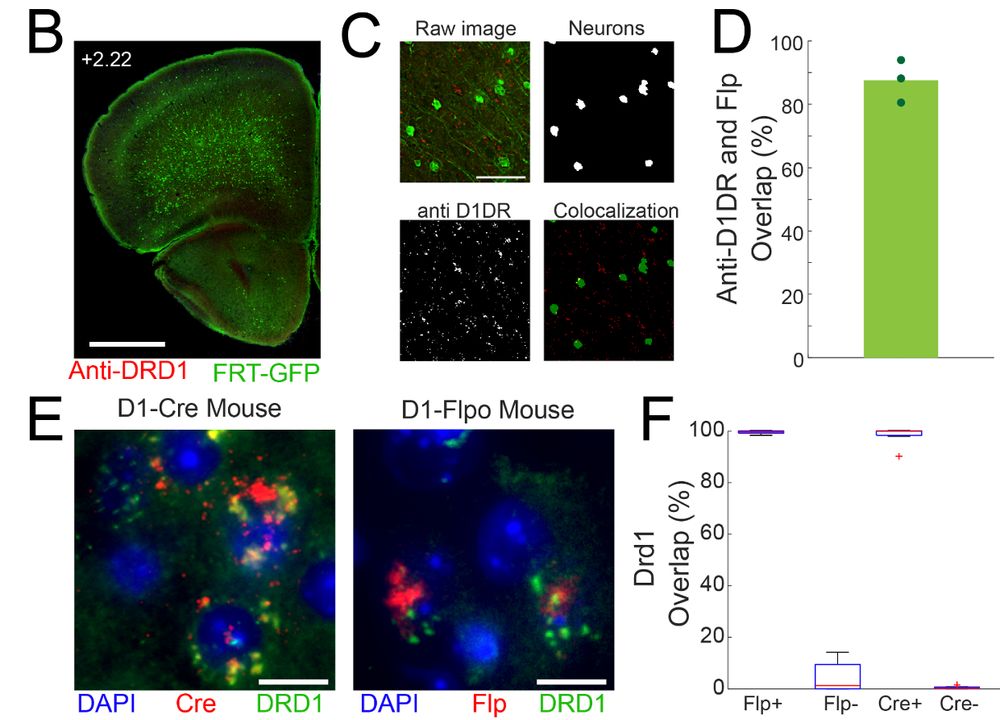
Long story short - we get great expression, and about what we might get from Cre mice. This will be a powerful tool for studying these circuits.
They will be up at Jackson (039507) soon.
20.12.2024 22:20 — 👍 0 🔁 0 💬 0 📌 0

Youngcho integrated FlpO - another conditional expression construct - into the D1 gene. This is distinct from the D1 Cre mice, which uses BAC transgenics:
20.12.2024 22:14 — 👍 0 🔁 0 💬 1 📌 0

a little girl with blue hair is looking up at the sky
ALT: a little girl with blue hair is looking up at the sky
Our lab is interested in the D1 dopamine receptor. We have been using D1 Cre mice for years to identify and manipulate D1+ neurons. But what about subclasses of these neurons? What about studying them alongside other populations - such as D2 MSNs?
20.12.2024 22:11 — 👍 0 🔁 0 💬 1 📌 0
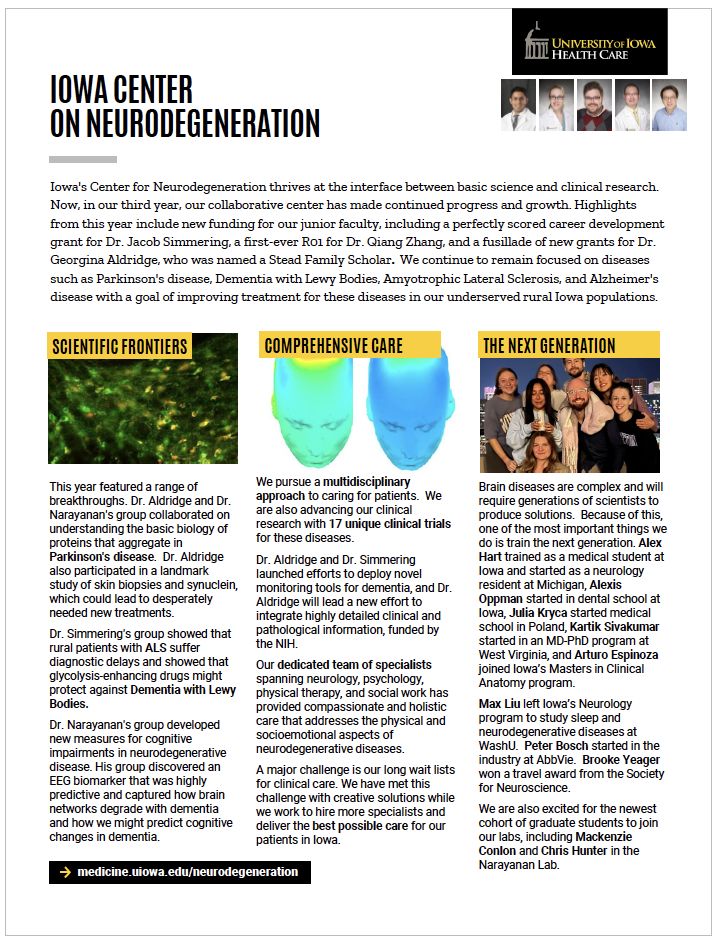

Very proud what our nascent Center for Neurodegeneration has done here in Iowa:
17.12.2024 00:17 — 👍 0 🔁 0 💬 0 📌 0
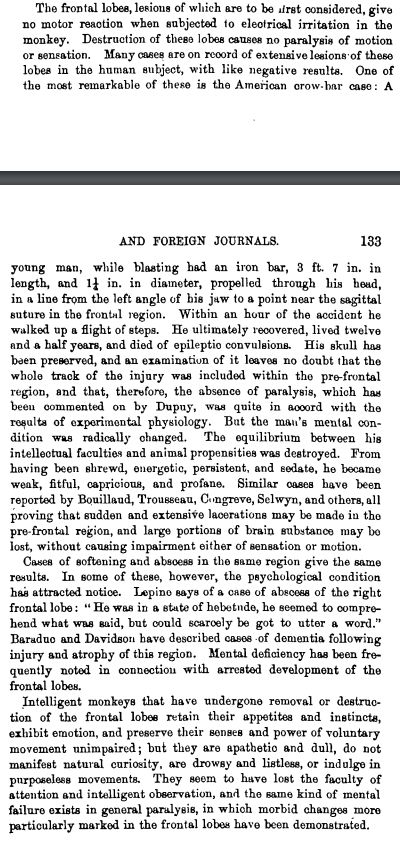
Wild - the term 'prefrontal' I think first appeared in 1878 in the journal Brain relating Phineas Gage and other lesions. For the human chauvinists out there - I think the term originates from fish skull anatomy, and in the first description - animal references abound:
15.11.2024 02:15 — 👍 2 🔁 1 💬 0 📌 0
#CompPsych #CogNeuro #BE. Scientist, Modeler, Innovator. #Resilience #mentalFlexibility #HierarchCtrl.Help to manage #MentalHealth with #AI 😇🙏gingjehli.com
Facts & strategy, in an authoritarian takeover.
Rightwing billionaires want to privatize NIH and use it to control universities.
We work to cure diseases like cancer.
Pers views. #science #medicine
Mountains that amaze, lakes that reflect, seas that dream!
Landscape photographer based in Switzerland.
Landscape - Travel - Fineart
Neurons, circuits, visual perception | Associate Professor, Georgia Tech & Emory University, Atlanta, USA | haider.gatech.edu
Posting about #neuroscience research, mentoring, science advocacy.
Roy J. Carver Professor of Neuroscience and Pharmacology @UIowa. Focused on Endocrine Control of Metabolism. All comments are my independent views.
Brain scientist, tall human, dog owner in the twin cities
Neuroscientist (PhD) interested in brain mechanisms of learning and memory. NHP anesthesiologist. Associate stats gay. 🏳️⚧️ Trans rights are human rights. No LGB without the T. He/him. 🏳️🌈
Glasshalfemptologist.
https://drugmonkey.wordpress.com/
Lab Manager @universityofutah.bsky.social @UUNeurobiology | Molecular Mechanisms of Memory | wife and mom of 4 kiddos and a mad dog | views expressed are my own | Lo que escribo es mi opinion.
Neuroscientist studying dopamine and cognition
Professor at Cornell BME. Studying the neurobiology of psychiatric #drugs including #ketamine and #psychedelics.
https://alexkwanlab.org
Neuroscientist at University of Bristol. Cortical circuits, PFC, interneurons, dopamine, brain development.
https://www.anastasiades-lab.org
Context Lab (@contextlab.bsky.social) director, Dartmouth prof, memory & 🧠 network modeler, data scientist, dad x2, husband, tree hugger 🌲, & 🧁+🍪 baker
https://www.context-lab.com
#Neuroscience and #Neurology, studying brain networks & rhythms that support clear thinking to help people at risk of #delirium
Ketamine Karen, Dopamine Dame
Here via Tehran/KU/Yale/Pitt
author of KETAMINE https://mitpress.mit.edu/9780262542241/
and a lot of good papers https://scholar.google.com/citations?user=WNB2KvkAAAAJ&hl=en
Neurons, real and artificial. Visual neuroscientist working currently working on ML/AI.
orcid: 0000-0002-6976-6237
Neuroscientist in New York
she/her
https://as.nyu.edu/departments/cns/people/faculty.erin-rich.html
Living to be (a): Great Father. Neuroscientist. Boy Scout. Athlete. Good man. Follower. Leader. River rat. Snow bum. Optimist. Assistant Professor of Psychology at the U of Utah.





